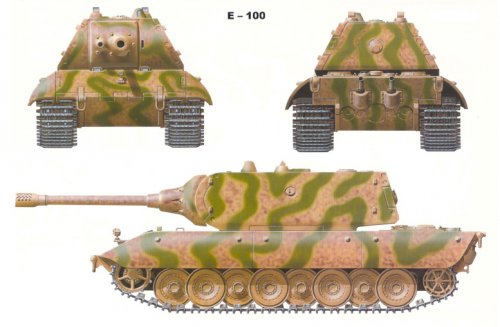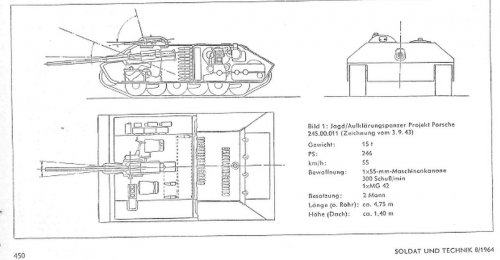- Joined
- 1 May 2007
- Messages
- 2,593
- Reaction score
- 1,950
"The Entwicklungsfahrzeug series program was conceived by Oberbaurat Kniepkamp in May 1942
and authorized as a project in April 1943..."
I'm looking for more information on this series of experimental/developmental panzers.
There was to have been the E-10, primarily a test-bed, but to be developed into an
operational vehicle, the E-25, similar to the 'Hetzer', the E-50/75, derived from the Panther,
and the E-100, a super heavy tank, proposed as an alternative to the 'Maus' project.
Among the snippets I can find are the following images...
(sources, first one, 'Panther and it's variants', Spielberger, page 156,
second one, 'German Secret Panzer Projects', Waldemar Trojca, page 85)
cheers,
Robin.
and authorized as a project in April 1943..."
I'm looking for more information on this series of experimental/developmental panzers.
There was to have been the E-10, primarily a test-bed, but to be developed into an
operational vehicle, the E-25, similar to the 'Hetzer', the E-50/75, derived from the Panther,
and the E-100, a super heavy tank, proposed as an alternative to the 'Maus' project.
Among the snippets I can find are the following images...
(sources, first one, 'Panther and it's variants', Spielberger, page 156,
second one, 'German Secret Panzer Projects', Waldemar Trojca, page 85)
cheers,
Robin.










